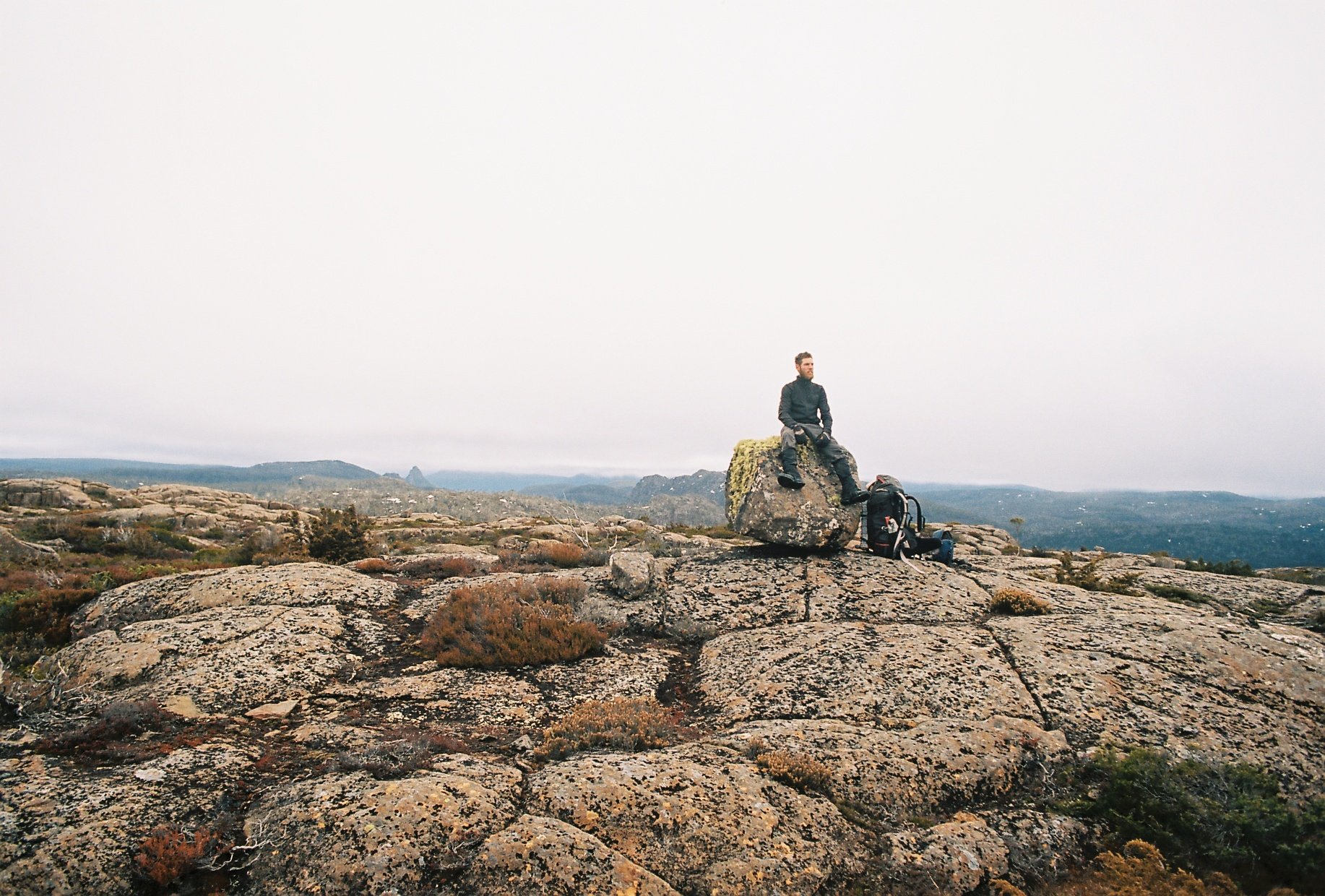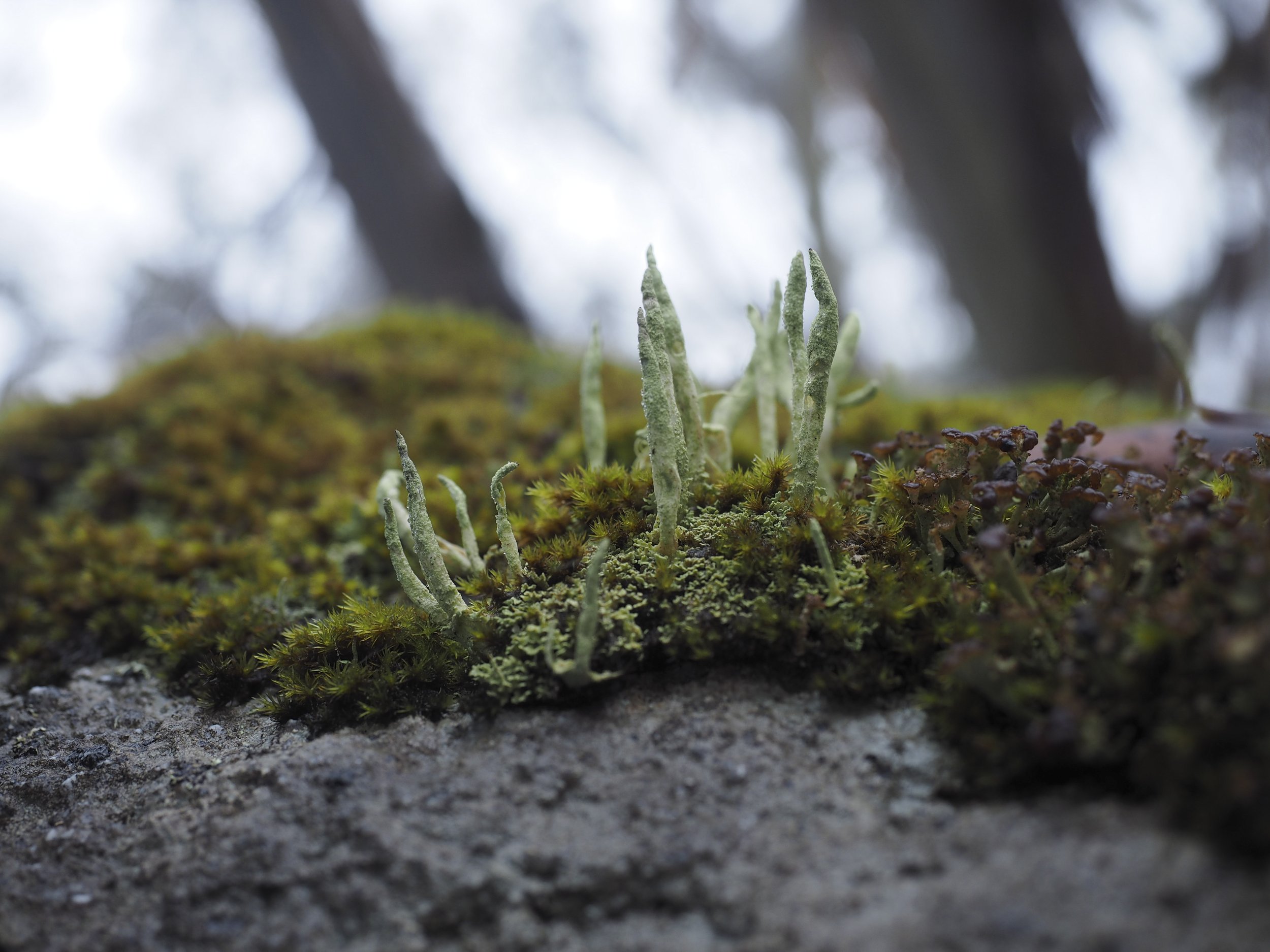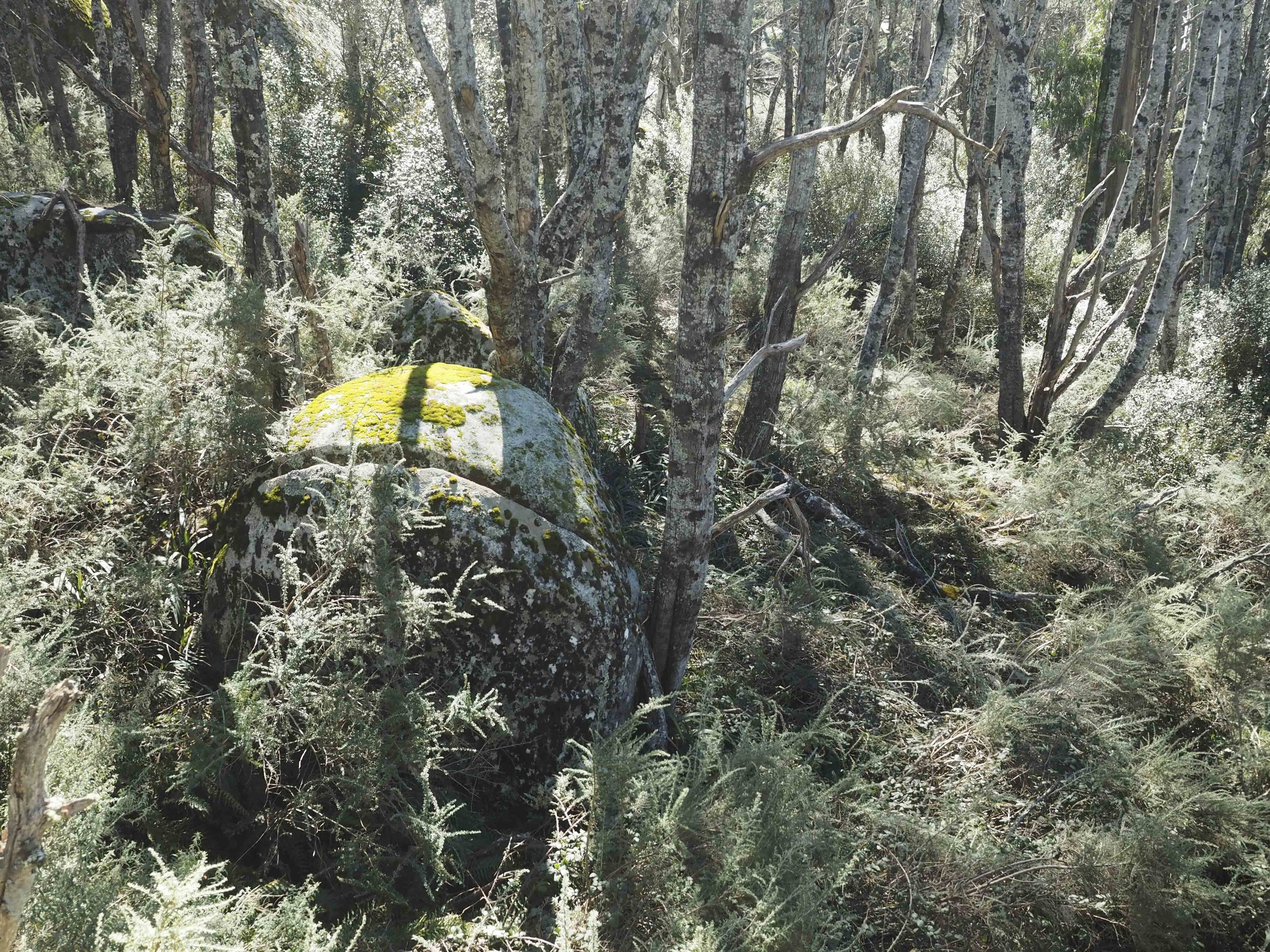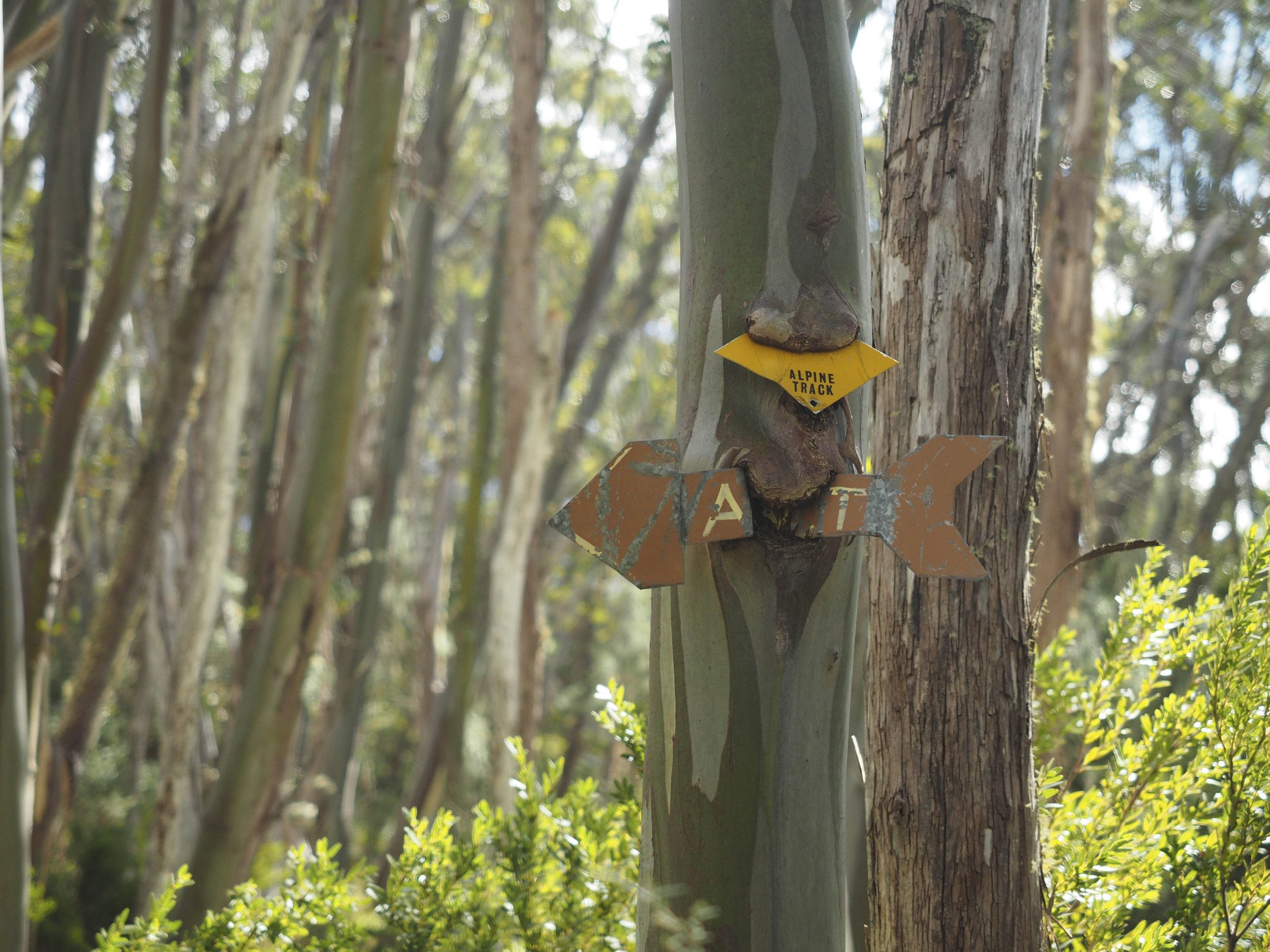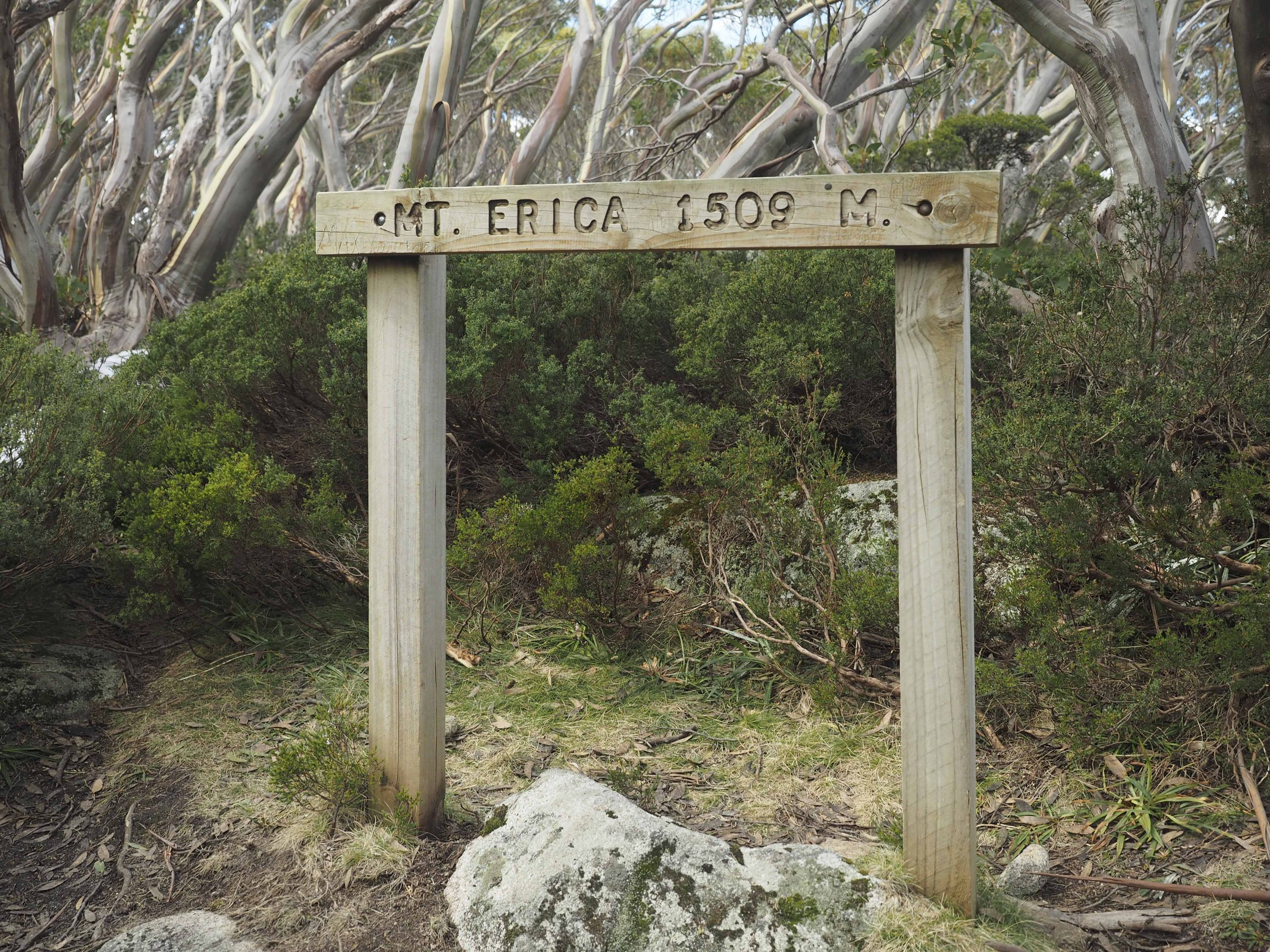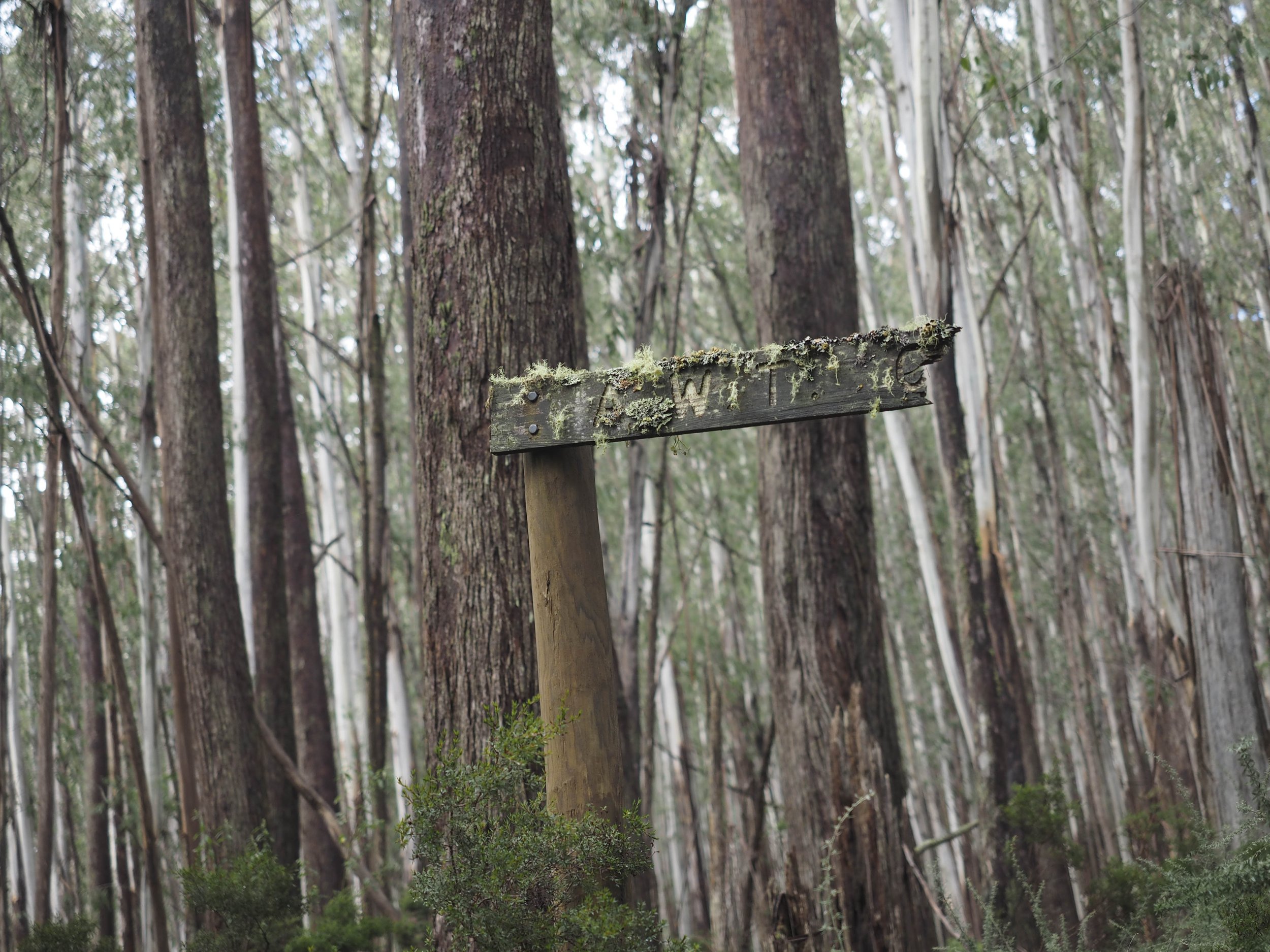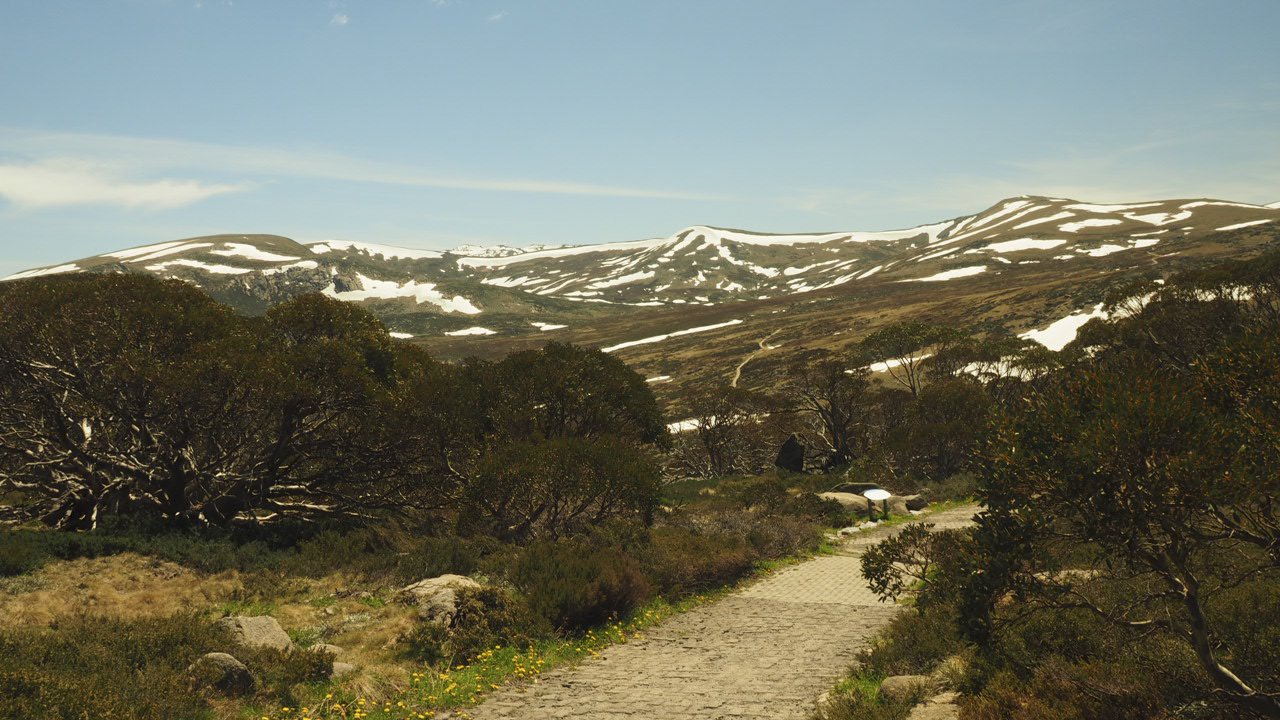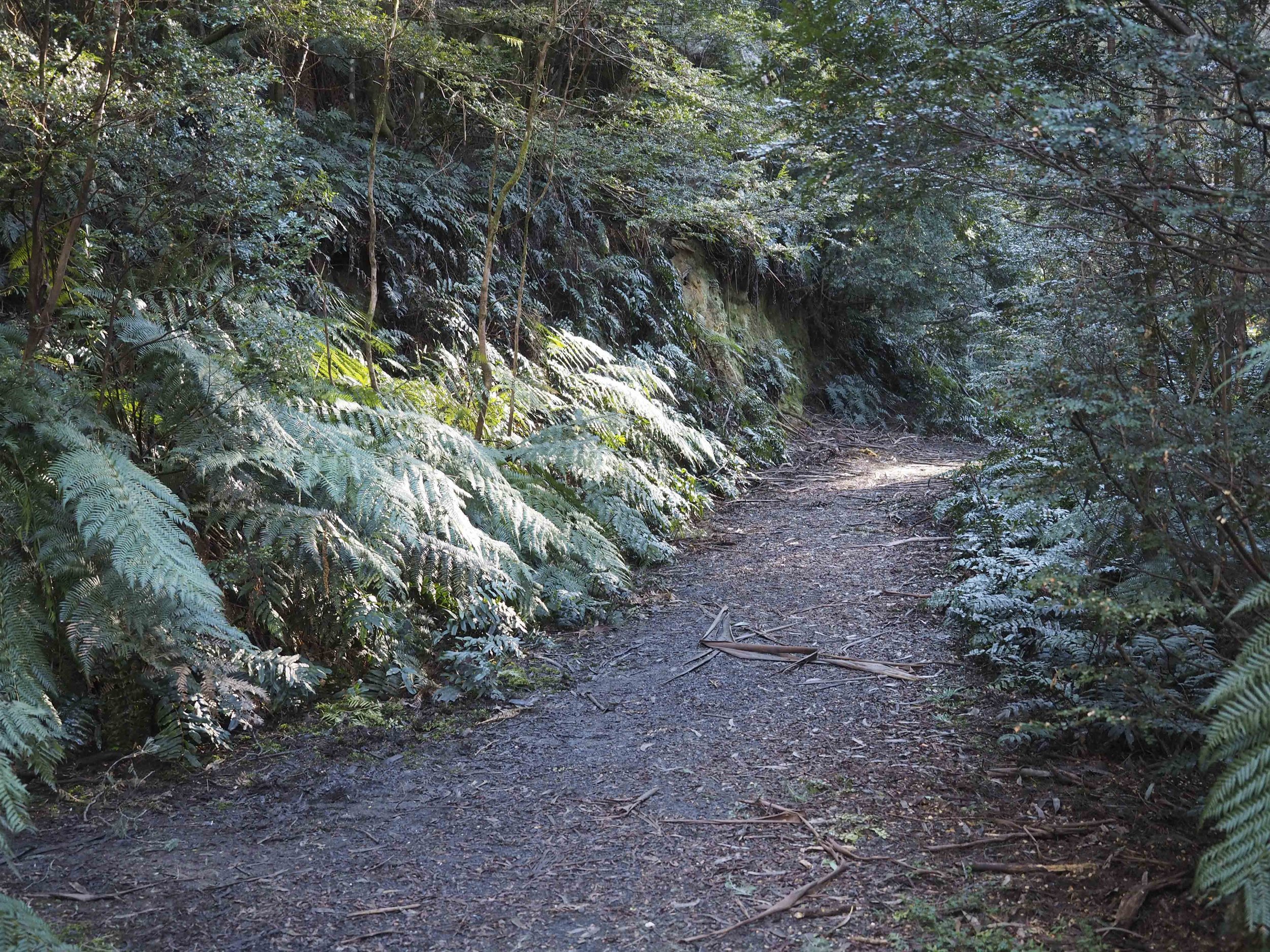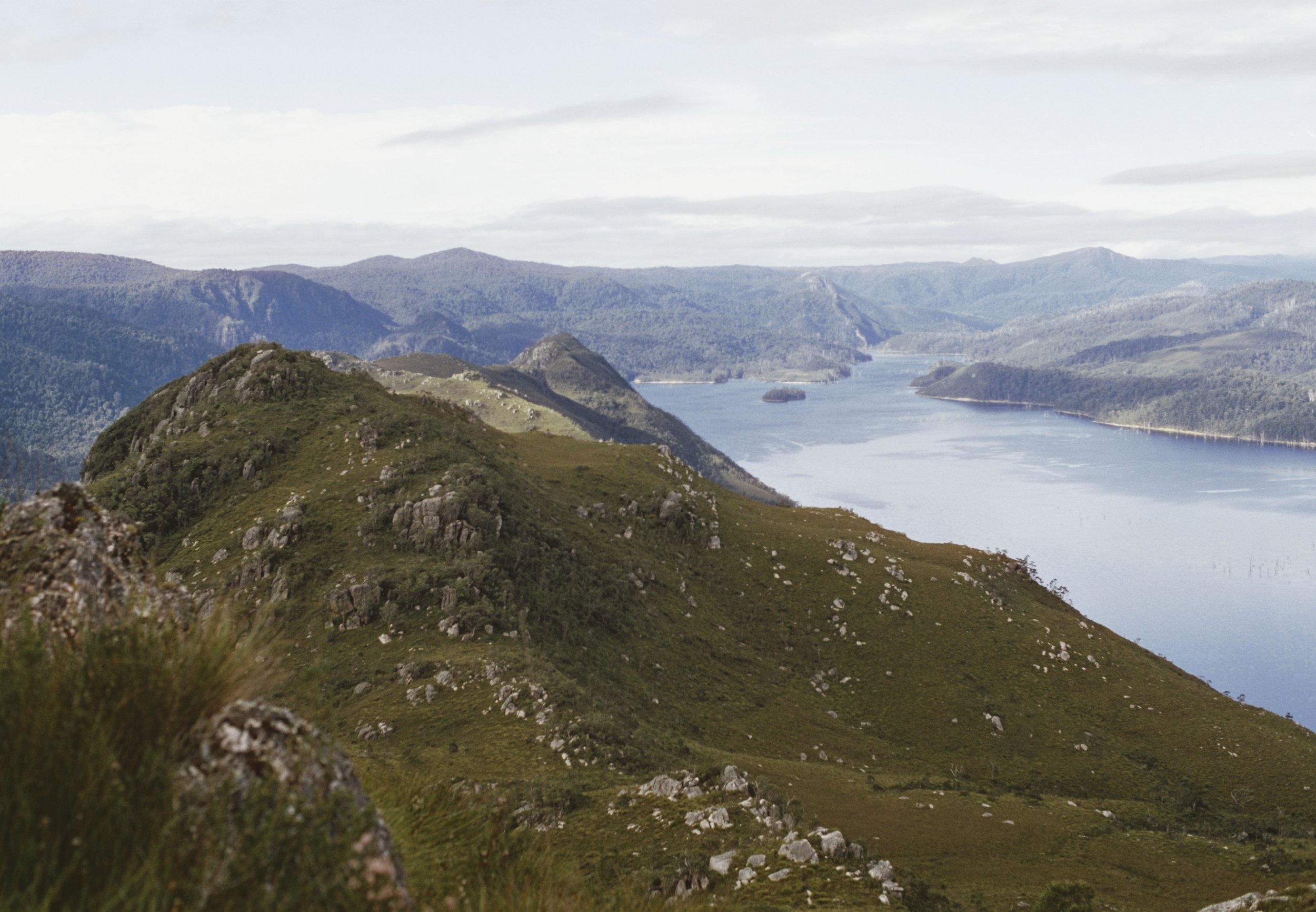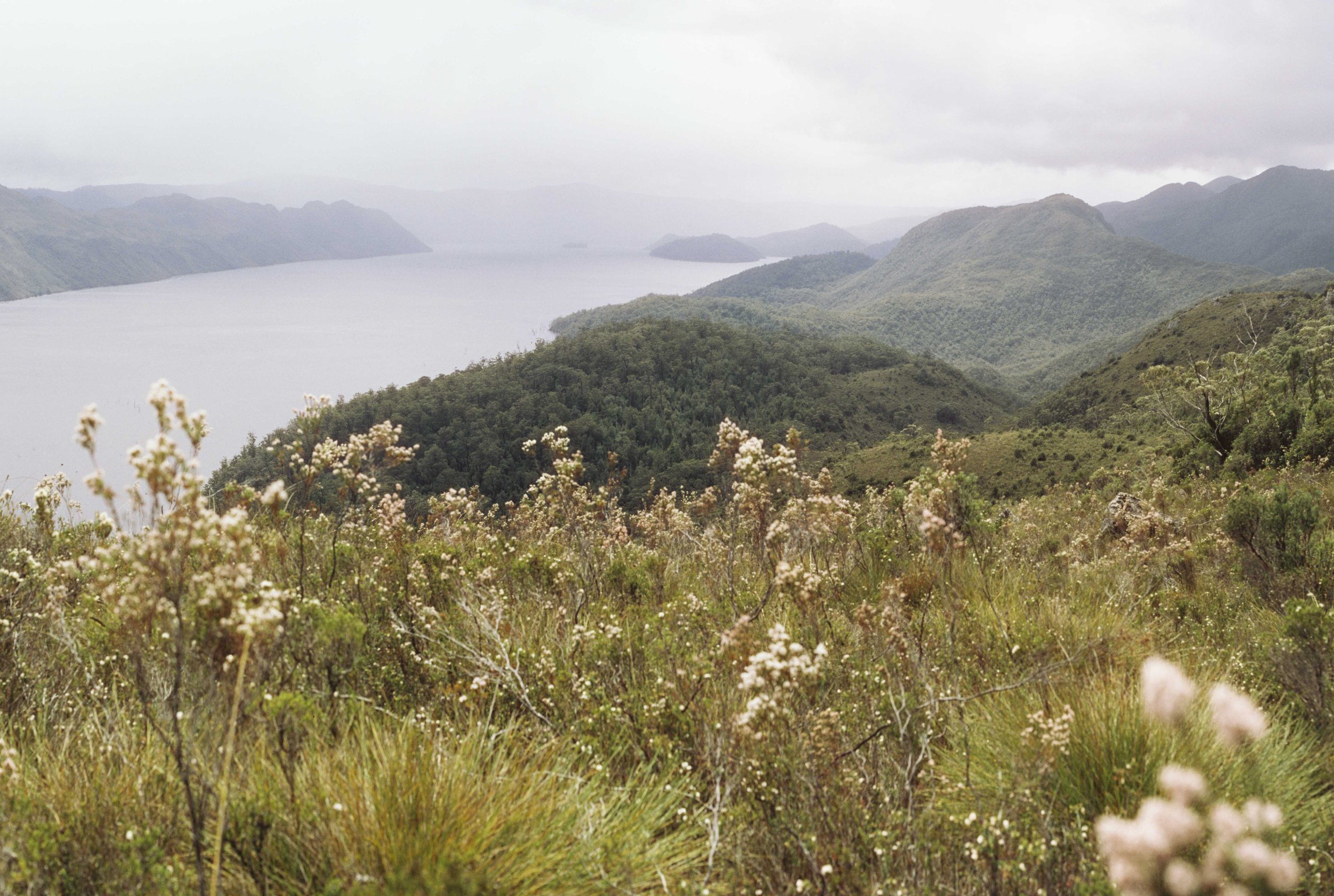Twisted and bent out of shape
The trees waved me on
Plodding, tripping,
The soft white snow watched on.
I was making my way across the frozen realm of the Baw Baw Plateau with a sense of unease.
The lush valley I left behind only the day before seemed a distant memory as I placed one foot in front of the other, sinking into the snow with every step. The mist swirled around the twisted trunks of the snowgums, reducing the visibility to less than a hundred metres. The wind was a howling beast that jostled the canopy incessantly, intimidating me with its overpowering sound. I was layered up against the elements and yet I could not stop to rest for too long, for I would start feeling the chill within minutes. I did my best to plod on at a sustainable pace throughout the day, with as few breaks as possible, despite my body reminding me of a constant need to rest.
The path I was following was indistinct, well hidden underneath the white blanket of snow, only discernible by a slight depression. The rolling hills of the plateau I was traversing were evenly populated with a dense snow gum forest, making every direction look rather uniform. The track markers would appear at unpredictable intervals, bright yellow diamonds nailed to the trees. They were my lifeline through these inhospitable surroundings. Every time I spotted one, my spirits were elevated a little. Traversing the plateau in this way was slow and exhausting work, but I was kept rather alert by the threat of losing the path in these conditions. It would not do to suffer any more delays.
It was only day four and I was already two days behind schedule. Underneath the weight of my pack and hindered by the unexpected depth of the snow, I was moving at half the speed predicted by my guidebook. Running out of food before reaching my next food drop seemed suddenly a very real possibility. With thoughts of short rations on my mind, I did my best to focus on my objective with every step. I knew that my primary aim was to complete the traverse of the Baw Baw Plateau as quickly as I could. Once I descended into the Thompson River’s Valley, conditions would improve and I could start covering ground a bit quicker. It was easy in theory, draining in practise. I was helped by the beauty of my surroundings.
Scattered across the plateau were immense granite boulders, which at first, would appear only as a dark silhouette through the trees. Their size would vary between that of a small car and that of a small house. Amazingly, most of these boulders seemed to house a wealthy variety of life, from colourful green mosses to strange lichens and grotesque fungal forms. Each boulder, in this way appeared to house a miniature city upon it that was unique. To see life growing out of the harsh surface of granite was truly astonishing. Seeing these plant communities would cheer me up with a feeling of optimism every time. How insignificant the pain in my shoulders and lower back appeared in the face of the harshness of the life of these beautiful realms, growing on rock and battered by wind and ice, subsisting only on a bit of sunshine!
That night I set up camp underneath a thick canopy of snowgums. I was near the northern end of the plateau, already below the snowline. I had made good progress that day and was looking forward to descending to the lowlands the next morning. I quickly cooked my dinner, looking forward to tucking myself into my cosy sleeping bag and having a restful sleep. However, Mother Nature had other plans for me.
As the sky darkened with the setting sun, the wind picked up, swaying the trees violently. The fine drizzle of sleet that’s been massaging the mountains most of the afternoon turned into heavier drops of rain. I was inside my tent, comfortable in the cocoon of my sleeping bag, satisfied with the dry state of things. I was grateful to be out of the elements, but try as I might, I couldn’t ignore the buffeting wind as it rattled my tent back and forth.
The storm continued to intensify, and sleep continued to elude me. Around 10pm, I heard the first rumbling of thunder. It sounded like a dormant beast had woken up in a bottomless cave, and was rather unhappy about it. Soon, the rain became torrential and the thunder was accompanied by bright flashes of lightning, clearly visible through the thin fabric of my tent. The lightning and the thunder became inseparable, each flash accompanied by an ear splitting crash. It sounded like the mountain was about to collapse around me. For a few minutes during the crux of the storm, I was terrified, as any animal should be terrified, in the close presence of lightning.
Then, the crashes slowly subsided as the storm rolled on. However, my tent was sitting in a rather large puddle, so I crawled out of my sleeping bag, and with chattering teeth, put on my raincoat to move my tent to a more suitable location. When I finally re-entered my tent I was saturated, and cold. I remember thinking,
‘4 days down, 70 days to go...”
The thought made me even wearier, if that was possible. It was time to close my eyes and sleep.
That night, I dreamt of blue skies and green meadows.
